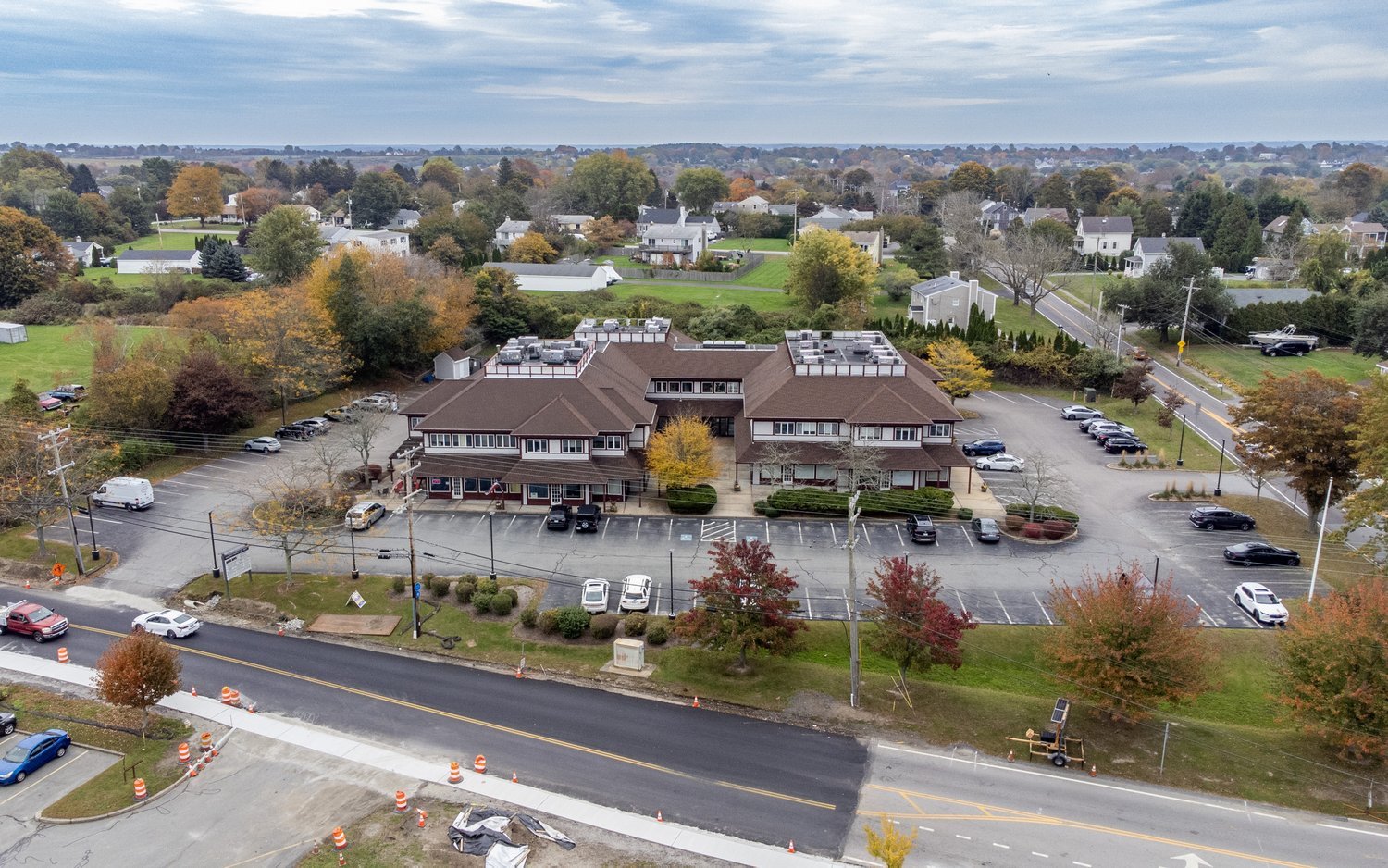Proximity Matters: Navigating Commercial Real Estate Near You
The old adage in real estate that "location is everything" is doubly true when it comes to commercial properties. The right placement of a business can often be the secret ingredient to success, offering a direct line to its customer base. Navigating this domain isn't just about finding a spot; it's about finding the perfect spot that aligns with your business's broader goals and objectives. This post will guide property investors and business owners through the intricate process of selecting commercial real estate near them, ensuring that "proximity" isn't just a word but a strategy.
Understanding Proximity in Commercial Real Estate
The Meaning of Proximity
Proximity in the context of commercial real estate refers to the relative closeness of a property to various points of interest that are crucial for business operations, growth, and customer accessibility. These points may include suppliers, customers, available labor, or even complementary businesses that enhance the vibrancy of the community.
What Influences Proximity Choices?
Deciding on the right proximity for your business isn't a one-size-fits-all endeavor. Different industries and business models will have varying proximity needs. For some, it's about being near transportation hubs and high-traffic zones; for others, it's about being close to specific facilities or institutions that support their industry. Data and demographics will guide this decision, such as population density, income levels, and local business cluster information.
Benefits of Strategic Location
Access to Your Target Market
The geographic location of your business can be a significant hurdle or a launching pad. Being within easy reach of your target audience can drastically enhance brand visibility and customer engagement. A strategic location can reduce the competition's sway and make it easier for your market to choose your product or service.
Visibility and Foot Traffic
High visibility equates to a higher chance of attracting customers who might not have specifically sought out your business. In contrast, foot traffic can give you an idea of how many potential customers see your storefront daily. A balance must be struck; too much traffic may dilute your business's presence among competitors, while too little might leave you without adequate exposure.
Competition Analysis
Commercial properties can be like chess pieces, each subject to the moves of its competitors. A thorough assessment of the competitive landscape within a specific radius should be the backbone of your property search. Identifying competitors, analyzing their strengths and weaknesses, and determining whether they pose a threat or offer symbiotic potential is crucial.
Conclusion
The decision-making process for commercial real estate should be a blend of hard data, market trends, and strategic foresight. While the perfect location may be elusive, an environment that offers the best proximity to your business needs should be the aim. By understanding the profound impact of "proximity," you're one step closer to securing a prime business site that could catalyze your venture's success.
Remember, real estate goes beyond mere ownership of land or buildings; it's about optimizing that asset effectively. It's your turn now to apply this insight and craft well-informed decisions for commercial properties. Whether you're an experienced investor or a fresh entrepreneur, the location you select nearby could shape your business's future significantly. Reach out to Kirby & Kirby today to unlock the potential of your property investments.


